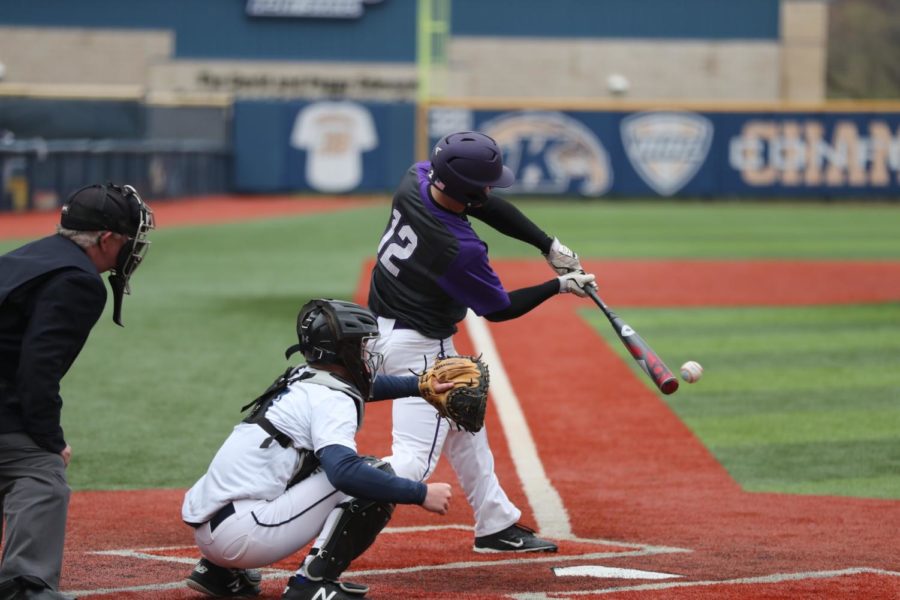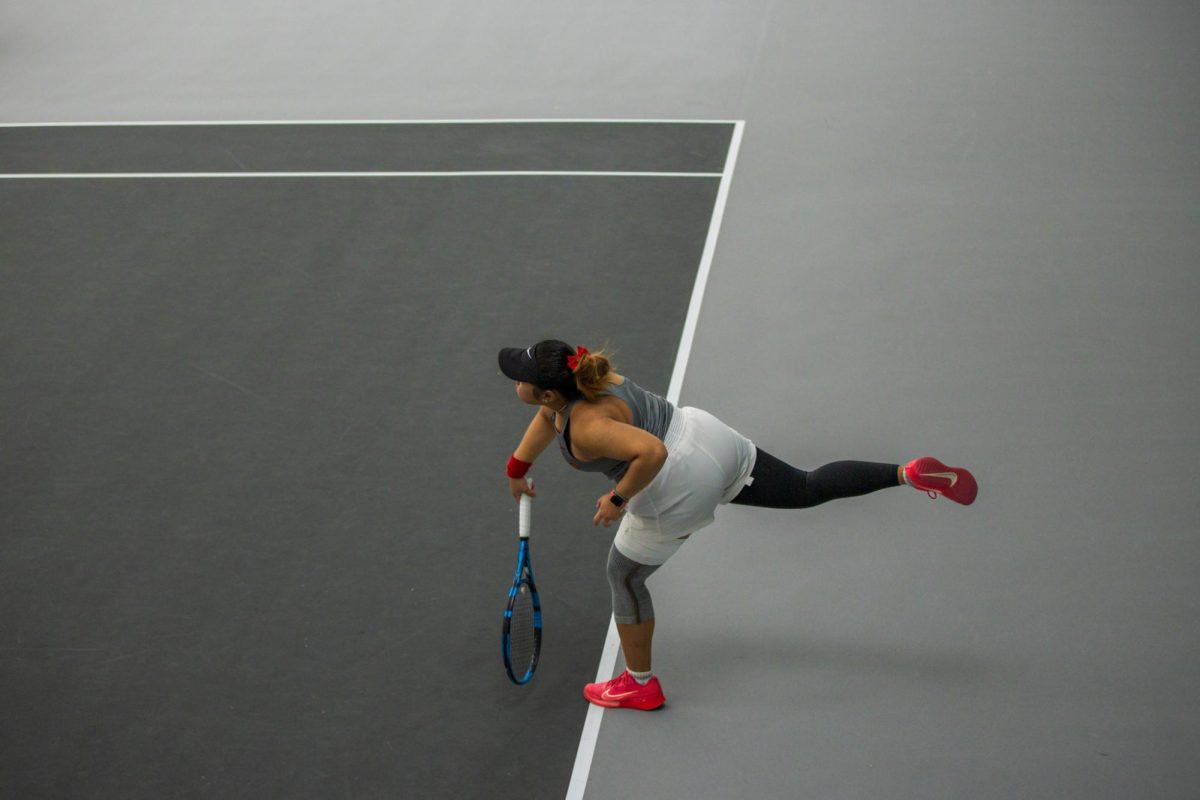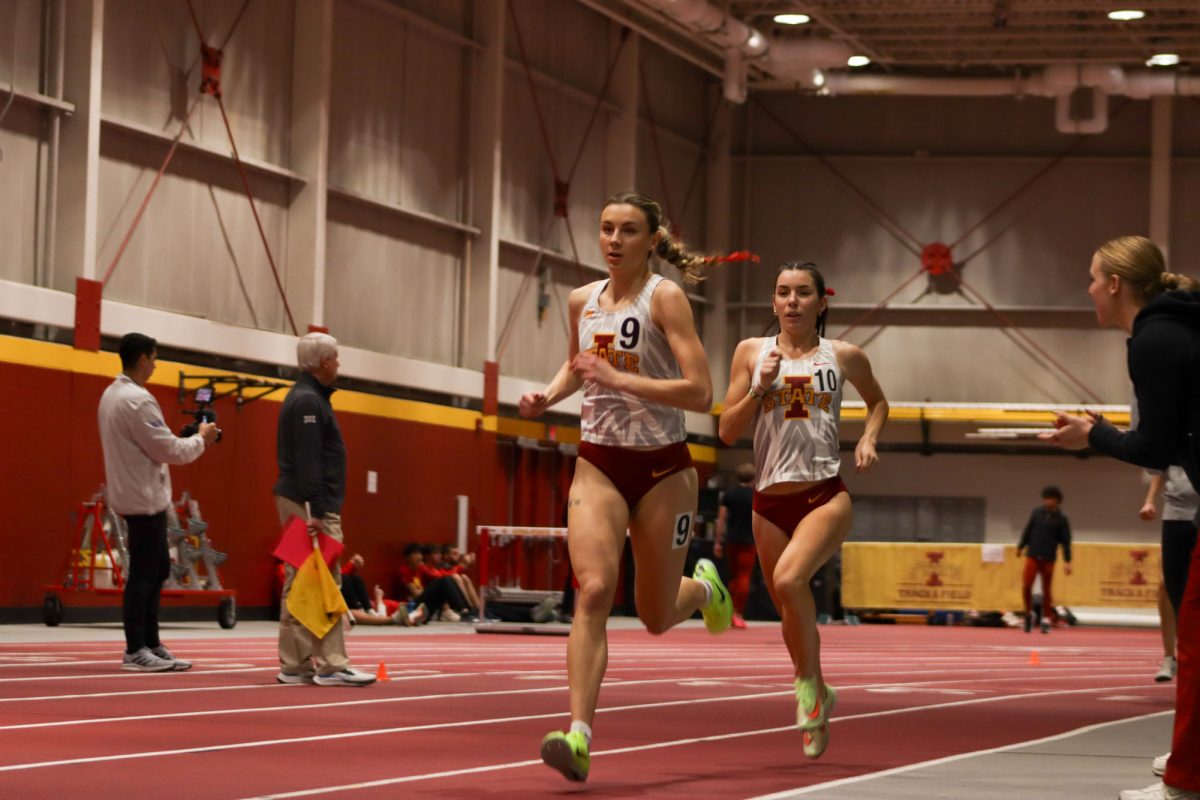Markfield: Who really makes baseball?
February 27, 2022
Editor’s note: This piece was updated March 1 to reflect recent events.
Just past midnight on Dec. 2, 2021, Major League Baseball team owners moved to lock out their club’s players from engaging in collective bargaining. Fifteen weeks later, we should be waiting for the start of spring training.
Instead, the season hangs in the balance as owners threatened to cancel games if an agreement was not made by Monday, Feb. 28.
The lockout is the first one since 1990, as the other work stoppages in baseball during that time have been either resolved before the expiration of the collective bargaining agreement (CBA) that was in place or, in the case of 1994, a player-instituted strike that led to the cancellation of the postseason.
The avoidance of labor stoppages in that time, however, does not mean that players and owners have seen eye to eye or been perceived as being on level terms by the public. Indeed, regardless of who institutes a capital strike in the sporting world, it is often players who are regarded as entitled, whiny or being too well-compensated in the first place. Meanwhile, owners — many of whom refuse to publish their accounts, with the notable exception of the Atlanta Braves — have seen increases in franchise valuations, revenue from television contracts and exposure by way of social media and international events.
That first point — increasing franchise valuations — is critical to understanding the defense put up by Commissioner Rob Manfred, a former union-busting lawyer, and the owners for whom he acts as a public shield and mouthpiece.
A few weeks ago, Manfred said that owners have seen lower returns than one would expect when getting average returns from the stock market, which feels like a lackluster attempt at engendering public support when so few Americans even own stocks in the first place, let alone enough to live or retire on. It is also rather funny when you consider that two different owners of the New York Mets, my favorite team, have had some, how to put it, difficulties in the market. Crying poor as a franchise owner is nothing new, considering just how many stadiums in the United States are paid for with public funds, often under threat of the team being relocated.
That the teams’ revenues and profits are not public strikes an insidious wedge between owners, players and fans when discussing financial matters. Player contract figures are public, often broken by reporters on social media. Every fan of every team can look on a website like spotrac.com and see what a given player makes and for how long, and that transparency of data makes it easy for analysis and the financial drawing of comparisons between players. Owners’ profits, meanwhile, are not.
And so, when owners institute a lockout (lockouts are one of the two kinds of capital strikes, and are only imposed by owners), blame can then be put on players like Max Scherzer, a new addition to the Mets who has the audacity to be paid $43.3 million dollars per year and drive a Porsche to meetings with owners. It’s often not seen for what it is: an attempt to shift public opinion not so much for the owners — it’s hard for most to love them in the first place — but just enough against the players that it creates division.
The reason players at the top end make so much money is because they have scrapped and clawed for it. The average length of a major league career, according to a 2007 study, is just 5.6 years. Allow us to assume for this example that a player has a career that long. During those years, said player will likely spend thousands of dollars a year as a child on travel baseball, instructional camps, travel, gear, et cetera. Should they be lucky enough to win a scholarship, it is unlikely that the player, even if they wanted to, could pursue a major with a large time commitment, as they are expected to be available for meetings, practices and other team functions. (Also, as we now know, players aren’t exactly taking the hardest classes in the first place.)
Then, if they catch on with a major league organization, they’ll spend years in the minor leagues making only a few thousand dollars a year, living in miserable conditions and playing for free during spring training. Once they crack the majors, they are on the rookie salary for a few seasons until arbitration. Should they finally accrue the necessary time in the majors, often seven years’ worth, they can then file for free agency and be allowed to be paid what the market, full of potential suitors, says they are worth, as opposed to a single team who can keep their costs low. And even then their earning potential is kept low by a luxury tax line that teams are often remiss to cross.
All of that to say that players spend their entire lives solely dedicated to baseball without cultivating many, if any, marketable skills that could be applied in other fields. And if at any point during the aforementioned years-long journey should the player sustain an injury, their career could be in jeopardy. Baseball is the means by which players can create generational wealth for themselves and their families, many of whom come from poverty or endured hellish journeys just to make it to America in the first place.
In stark contrast to all of the above, owners largely made their money doing other things, then bought teams as a way to grow their investments. With the notable exception of the Steinbrenner family, who owns the New York Yankees, owners largely did other white-collar jobs that got them wealthy, then turned to baseball. And, even if a given ownership should have a few unprofitable seasons, there’s always revenue sharing to keep the coffers full.
To put it another way, baseball enriches the players and is what makes them money. Baseball enriches the owners but did not make them rich.
Which brings us to the lockout at hand. Among the players’ current demands are a reduction in the service time required to become eligible for free agency, a bonus pool for players who have not yet reached arbitration but exceed the values of their contracts or draft position and measures to stop teams from “tanking,” or acting without the interest of winning games, which is especially damaging for players as those teams often have significant roster turnover and low payrolls — Scherzer’s aforementioned $43.3 million salary is higher than that of the bottom three teams on that list.
Owners instead focused on, among some other truly insulting proposals, instituting a small draft lottery and the Designated Hitter rule in both leagues, ending 47 years of the National League’s system of having pitchers bat — a truly saddening decision but best expounded upon some other time.
Why this all matters (glad to be finally be getting to the point over 1000 words into the piece), is that none of it has been enacted in good faith. As the lead mentions above, the lockout started in December, and now owners are threatening to cancel regular season games if an agreement is not reached by Monday. The cancellation of games will likely be seen as the fault of players, who want to protect their careers and ensure that they can earn a representative portion of the increasingly big piles of money flowing into the sport. Pitcher Alex Wood has said that owners did not contact players for months before starting negotiations (which, because this is a lockout and not a strike, is the owner’s responsibility). Cardinals pitcher Jack Flaherty has said the same. These tactics are in immense bad faith and designed to pressurize players who, as public-facing entities, will be subjected to higher scrutiny than the owners. Speculative fans have wondered if the National Labor Relations Board will become involved during this process.
Baseball, despite repeated claims of its death, is still an immensely popular game in both the United States and other pockets of the world. It is an institution of the summer, both a companion with whom millions entrust their hopes and a place to put aside the rest of their daily lives and watch the sport they love. Speaking for myself, watching the Mets every day of the summer is something that I know brings me immense joy and a sense of relief, even as the on-field results (2015 notwithstanding) and off-field drama oscillate between bad and bizarre.
To blame the players for the lockout, despite everything stated above, regardless of their current salaries and status as civic heroes, is to submit to the messaging of owners who don’t have the interests of the sport or their employees at heart.
No owner who truly cared would spend years holding a county hostage and deliberately underfunding their team, but that’s exactly what the owners of the Rays and Athletics do, and before them the Giants, White Sox and Mariners, among others. Nor would they subject minor league players to inhospitable conditions; especially when supporting them with proper salaries, food, living conditions and physical and mental treatment would improve the players’ lives and the sport, allowing them to make even more money.
So, in the days after a resolution, when you see updates on social media about the status of the lockout, remember who imposed it and refused to empower or engage with their employees. Remember that the cultural disciplining of employees exists for baseball players too, not just retail ones. Remember the sacrifices they made to get there. Remember who gave you your most fond baseball memories (as I remember mine) and ask yourself who gave them to you: the owners or the players? Who really makes baseball?







